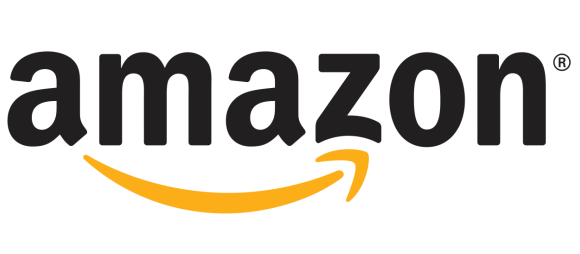Like most normal people, you probably haven’t invested too much of your valuable time pondering the origins of the term “Bluetooth.” As it turns out, the ubiquitous wireless technology’s name has nothing to do with being blue or tooth-like in appearance and has everything to do with medieval Scandinavia.
Harald Bluetooth was the Viking king of Denmark between 958 and 970. King Harald was famous for uniting parts of Denmark and Norway into one nation and converting the Danes to Christianity.
So, what does a turn-of-the-last-millennium Viking king have to do with wireless communication? He was a uniter!
One such person was Jim Kardach, an Intel engineer working on wireless technologies. Kardach took on the role of a cross-corporate mediator dedicated to bringing various companies together to develop an industry-wide standard for low-power, short-range radio connectivity.
At the time, Kardach had been reading a book about Vikings that featured the reign of Harald, whom he viewed as an ideal symbol for bringing competing parties together, as he explained:
The various interested parties eventually came together to form the Bluetooth Special Interest Group, which developed the agreed-upon standard we know and love today. “Bluetooth” was originally meant to be a placeholder, but the name had already taken off in the press and thus remains around today.
The millennium-old shout-out doesn’t end there. The Bluetooth logo—that cryptic symbol in a blue oval printed on the box your phone came in—is actually the initials of Harald Bluetooth written in Scandinavian runes.
eBay
The Web’s go-to site for acquiring Justin Bieber branded duct tape and oddly shaped potato chips might be excused for including the “e” prefix in its name. The nearly 20-year-old site was born in a technological era when “e” was the accepted prefix to indicate to all things “electronic.” But as it turns out, eBay’s “e” stands for “echo,” and its “bay” just stands for itself—and neither “echo” nor “bay” has anything to do with online bidding.
The site that would become eBay started life as the more aptly dubbed “AuctionWeb,” which was part of a larger personal site run by former Apple software engineer Pierre Omidyar.
As AuctionWeb grew in popularity, Omidyar decided to spin it off into its own entity, which he wanted to call “Echo Bay” after his consulting firm, Echo Bay Technology Group. Unfortunately the echobay.com domain was already taken, so Omidyar shortened it to the available “ebay.com.”
Takeaway: Sometimes success means just settling for what’s available.
We all do it: We use the awesome power of Google to correct our common misspellings. For example, I never spell the word “bureaucrat” correctly on the first try, but I can depend on Mountain View’s algorithm to provide the correct spelling whenever I plug in “buerocrat” or some other massacred linguistic approximation.
Unfortunately, this spelling-correction wizardry was unavailable to the site’s founders in the 1990s.
The word googol (note the third “o” and the lack of an “e”) is a mathematical term for the number 10 to the 100th power (or a 1 followed by 100 zeros). Cofounder, and current sad CEO Larry Page decided that it would be the perfect name for his new company as it reflected the nearly unimaginable vastness the Web.
However, the two-“o” “Google” we’re familiar with today is the result of an accidental misspelling by one of Page’s classmates, Sean Anderson. David Koller, another Stanford classmate of Page who was around at the dawn of Google recalls the storybehind Google’s name on his personal Stanford site:
Amazon
Amazon.com is the global superstore that places everything from diapers tostreaming original sitcoms to questionably legal botanicals a single click away from increasing your credit card debt. But what does the name “Amazon” have to do with the site’s original niche—books—let alone with its expanded mission as an electronics manufacturer and a seller of all things sellable?
Well, they’re both big, and they both start with the right letter.
Founder Jeff Bezos had originally dubbed his company “Cadabra” (as in “abracadabra”). But when his lawyer misheard the name as “cadaver” (as in “dead person”), Bezos decided his company needed a new, less morgue-friendly name.
Back in the pre-Google world, a company’s position near the front of alphabetized phonebooks (and of early web approximations of phonebooks) was still a chief concern. “A” was where you wanted to be.
So Bezos went rummaging through the dictionary’s first chapter in search of a likely business name—and eventually settled on “Amazon.” Why? According to him, because it referred to the biggest river in the world. The biggest by a long shot.
On a tangential note: Take a look at the subliminal messaging in the current Amazon logo, which features a slightly askew smirk beneath the Amazon name. Note how the smirk resembles an arrow connecting the first “a” in “Amazon” to the letter “z,” subtly driving home the point that the store delivers everything from A to Z.
Source : TechHive
Image : TechHive


















No comments